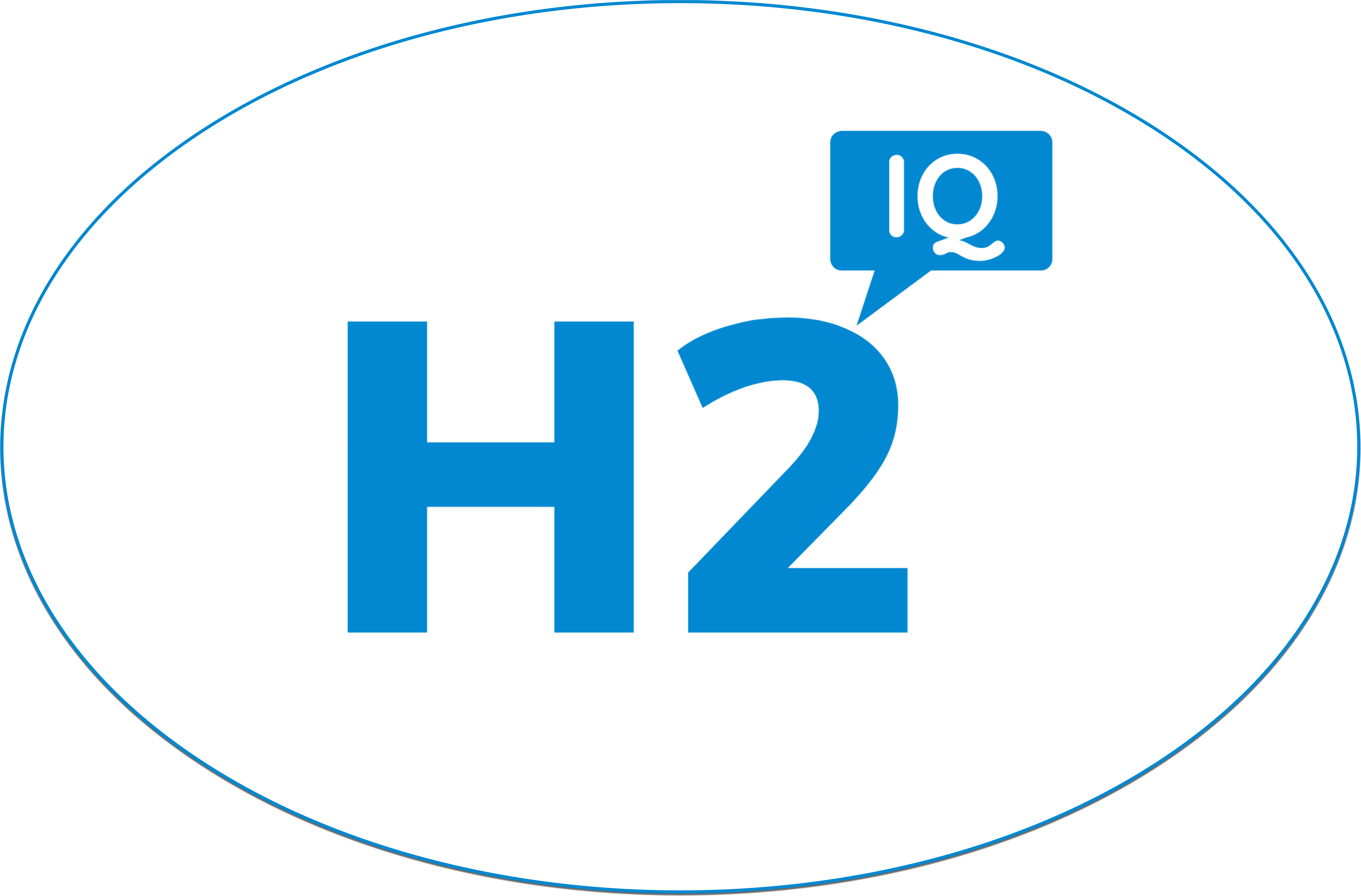What are the state government incentives available for green energy in California? California is a leader in promoting clean energy and offers a wide range of state-level incentives to encourage the adoption of renewable energy and energy efficiency. Below are the key state government incentives available in California:
1. California Solar Initiative (CSI)
- Description: The California Solar Initiative is a comprehensive program that provides rebates to residential, commercial, and industrial customers who install solar energy systems. The CSI program was divided into several sub-programs, including the General Market Program, the CSI-Thermal Program for solar water heating, and the Single-family Affordable Solar Homes (SASH) and Multi-family Affordable Solar Housing (MASH) programs.
- Eligibility: Residential, commercial, and industrial customers, including low-income households under specific sub-programs.
- Incentives: Rebates for installing solar PV systems and solar water heating systems.
2. California Self-Generation Incentive Program (SGIP)
- Description: SGIP provides incentives for the installation of distributed generation technologies such as wind turbines, fuel cells, energy storage systems, and combined heat and power (CHP) systems. The program is designed to encourage the development of clean energy solutions and improve grid reliability.
- Eligibility: Residential, commercial, industrial, and public sector customers.
- Incentives: Rebates based on the installed capacity of eligible systems.
3. California Net Energy Metering (NEM)
- Description: California’s Net Energy Metering program allows residential, commercial, and agricultural customers who generate their own electricity using solar, wind, or other renewable resources to receive credits for excess electricity they produce. This credit offsets the cost of the electricity they consume from the grid at other times.
- Eligibility: Customers of investor-owned utilities (IOUs) such as PG&E, SCE, and SDG&E, as well as publicly owned utilities.
- Incentives: Bill credits for excess electricity generated and fed back into the grid.
4. California Property Assessed Clean Energy (PACE) Financing
- Description: PACE financing allows property owners to finance the upfront cost of energy efficiency, renewable energy, and water conservation improvements through a property tax assessment. PACE programs are available for residential and commercial properties.
- Eligibility: Property owners in participating California municipalities.
- Incentives: Long-term financing for clean energy improvements, repaid through property taxes.
5. California Renewable Energy Tax Exemption
- Description: California offers a property tax exclusion for the added value of renewable energy systems installed on residential, commercial, or industrial properties. This exclusion applies to systems such as solar PV, wind, and geothermal energy systems.
- Eligibility: Property owners who install qualifying renewable energy systems.
- Incentives: Exemption from property tax on the added value of renewable energy installations. This means your property tax will not increase due to the addition of solar panels.
6. California Energy Commission (CEC) Incentives
- Description: The CEC administers various grant and loan programs to support energy efficiency and renewable energy projects. Programs include the Electric Program Investment Charge (EPIC), which funds clean energy research, development, and demonstration projects.
- Eligibility: Public and private entities involved in energy research, development, and demonstration projects.
- Incentives: Grants, loans, and technical assistance for energy innovation projects.
7. California Clean Vehicle Rebate Project (CVRP)
- Description: CVRP provides rebates for the purchase or lease of eligible clean vehicles, including electric vehicles (EVs) and plug-in hybrid electric vehicles (PHEVs). The rebate amount varies based on the type of vehicle and the applicant’s income.
- Eligibility: California residents who purchase or lease eligible clean vehicles.
- Incentives: Rebates ranging from $1,000 to $7,500, depending on the vehicle and income eligibility.
8. California Low-Income Weatherization Program (LIWP)
- Description: LIWP provides no-cost energy efficiency and solar energy installations to low-income households. The program aims to reduce energy consumption and lower utility bills for eligible households.
- Eligibility: Low-income households in California.
- Incentives: Free energy efficiency upgrades and solar installations.
9. California Electric Program Investment Charge (EPIC)
- Description: Administered by the California Energy Commission, EPIC funds research and development projects that advance clean energy technologies, improve grid reliability, and reduce greenhouse gas emissions.
- Eligibility: Public and private entities involved in energy research and development.
- Incentives: Funding for innovative clean energy projects.
10. Go Solar California Campaign
- Description: Go Solar California is an initiative that promotes solar energy adoption through various programs, including the California Solar Initiative, the New Solar Homes Partnership, and solar water heating incentives.
- Eligibility: Residential, commercial, and new home developers in California.
- Incentives: Incentives and resources for solar PV installations and solar water heating systems.
11. California New Solar Homes Partnership (NSHP)
- Description: Part of the Go Solar California campaign, the NSHP provides financial incentives for the installation of solar energy systems on new residential buildings that meet high energy efficiency standards.
- Eligibility: Homebuilders and developers constructing new energy-efficient homes in California.
- Incentives: Rebates for solar PV systems installed on new energy-efficient homes.
12. California Building Energy Efficiency Standards (Title 24)
- Description: Title 24 mandates energy efficiency standards for new buildings and major renovations in California. While not a direct financial incentive, these standards help reduce energy consumption and promote the use of renewable energy in new construction.
- Eligibility: New residential and commercial buildings, as well as major renovations.
- Incentives: Reduced energy costs through compliance with energy efficiency standards.
These incentives and programs reflect California’s commitment to reducing greenhouse gas emissions, improving energy efficiency, and expanding the use of renewable energy across the state. Whether for residential, commercial, or industrial projects, California offers a wide array of options to support the transition to clean energy.
———————- SUPPORT OUR ADVERTISERS ———————-
Lean Warehouse Essentials Webstore – Click Here
Related Hydrogen Fuel News:
Texas State Incentives for Clean EnergyAugust 21, 2024
Nikola Corporation Launches First HYLA Hydrogen Refueling Station in Southern Ca...April 22, 2024
Biagi Bros. Invests in Hydrogen Fuel Cell Class 8 Delivery TrucksFebruary 27, 2024
California Investment in Hydrogen TrainsFebruary 27, 2024
News release: Nikola and FirstElement Fuel to Advance Hydrogen RefuelingDecember 29, 2023
News release: SoCalGas and Bloom Energy to Power Caltech Hydrogen ProjectDecember 15, 2023





